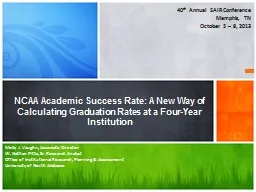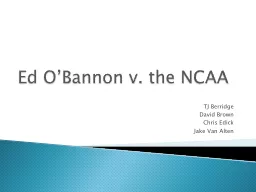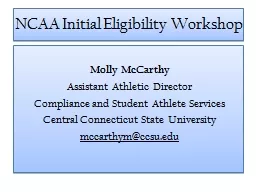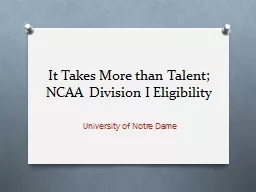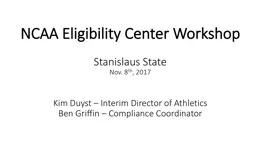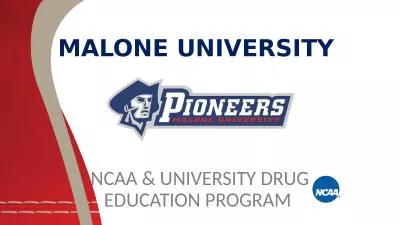PPT-NCAA Academic Success Rate:
Author : giovanna-bartolotta | Published Date : 2019-11-08
NCAA Academic Success Rate A New Way of Calculating Graduation Rates at a FourYear Institution Molly J Vaughn Associate Director W Nathan Pitts Sr Research Analyst
Presentation Embed Code
Download Presentation
Download Presentation The PPT/PDF document "NCAA Academic Success Rate:" is the property of its rightful owner. Permission is granted to download and print the materials on this website for personal, non-commercial use only, and to display it on your personal computer provided you do not modify the materials and that you retain all copyright notices contained in the materials. By downloading content from our website, you accept the terms of this agreement.
NCAA Academic Success Rate:: Transcript
Download Rules Of Document
"NCAA Academic Success Rate:"The content belongs to its owner. You may download and print it for personal use, without modification, and keep all copyright notices. By downloading, you agree to these terms.
Related Documents

